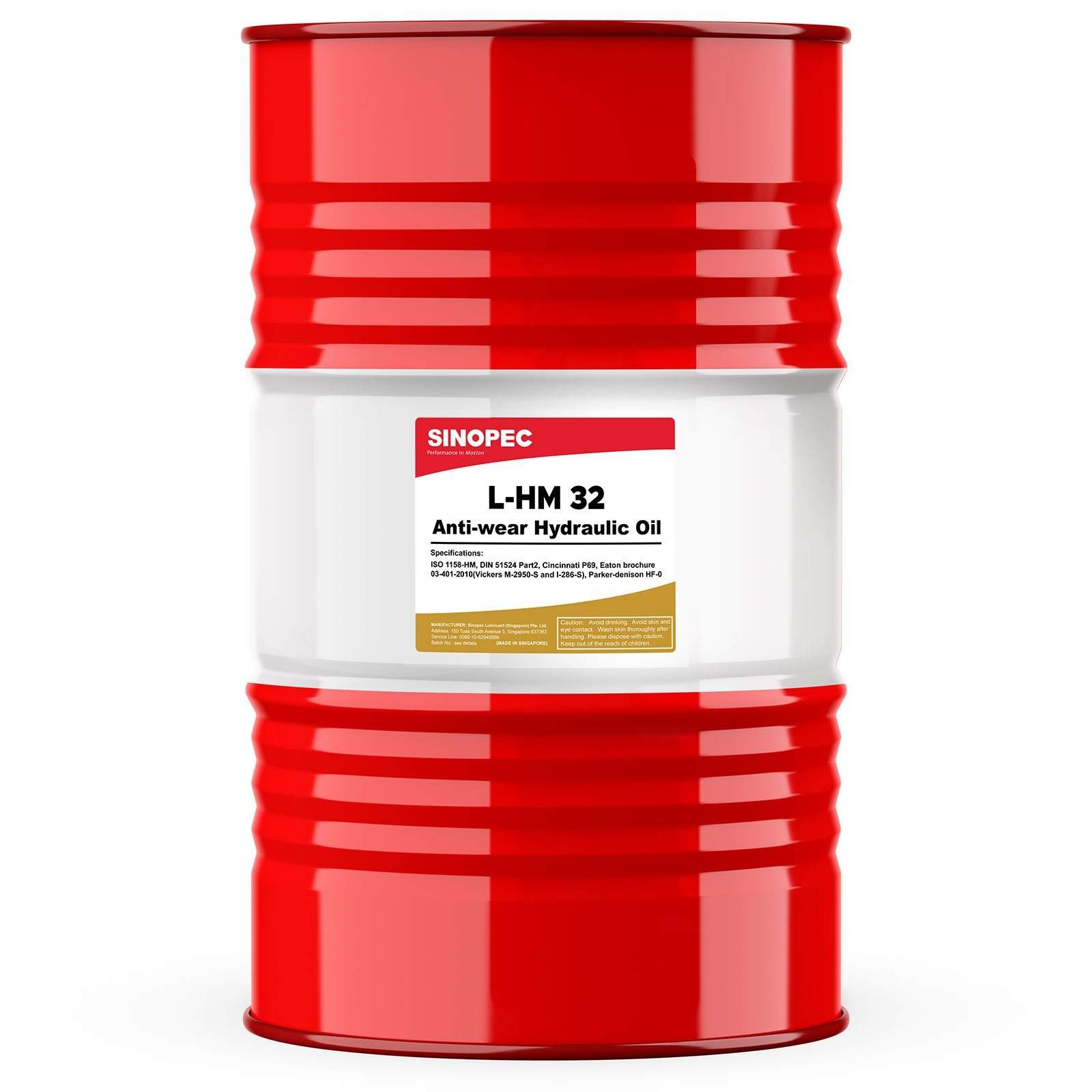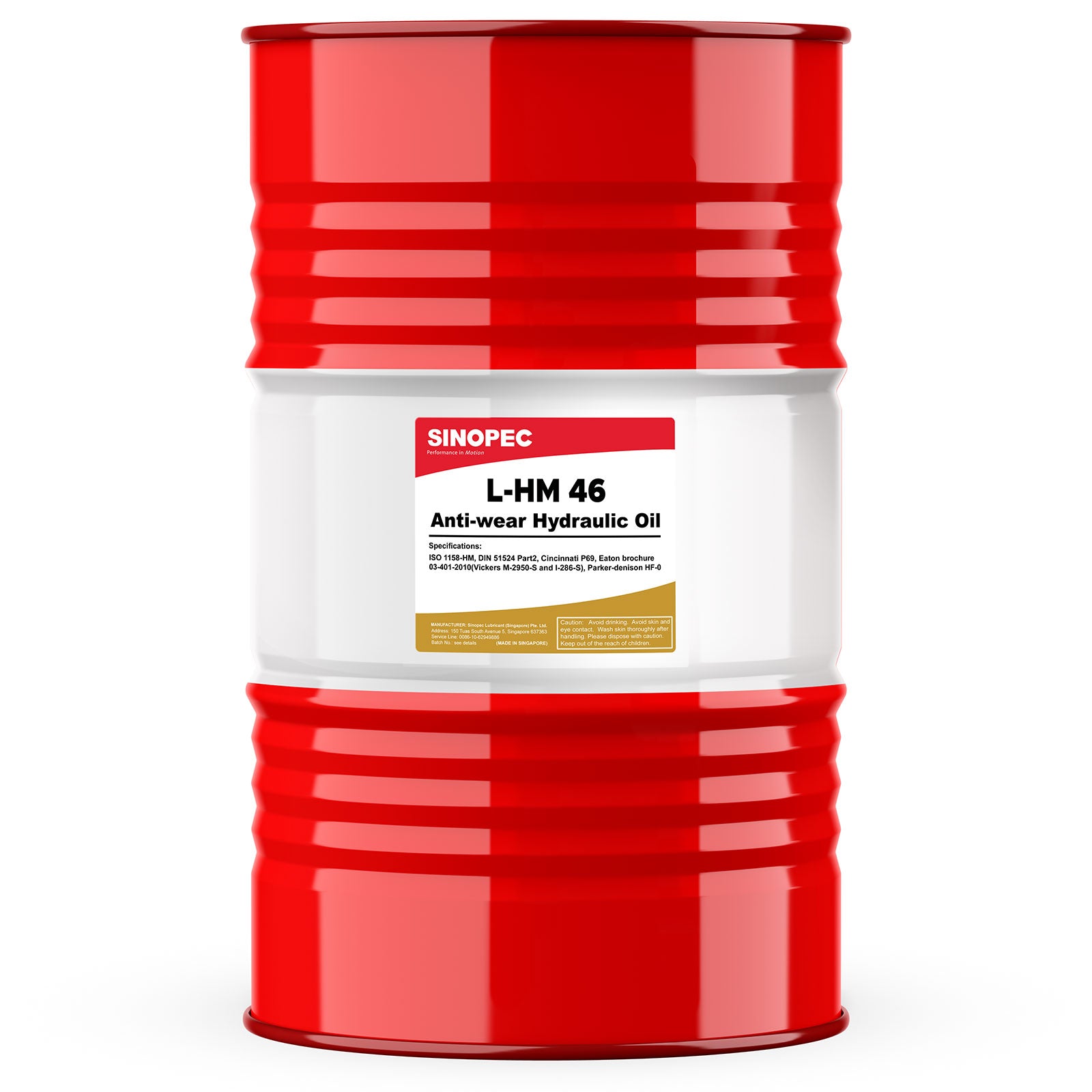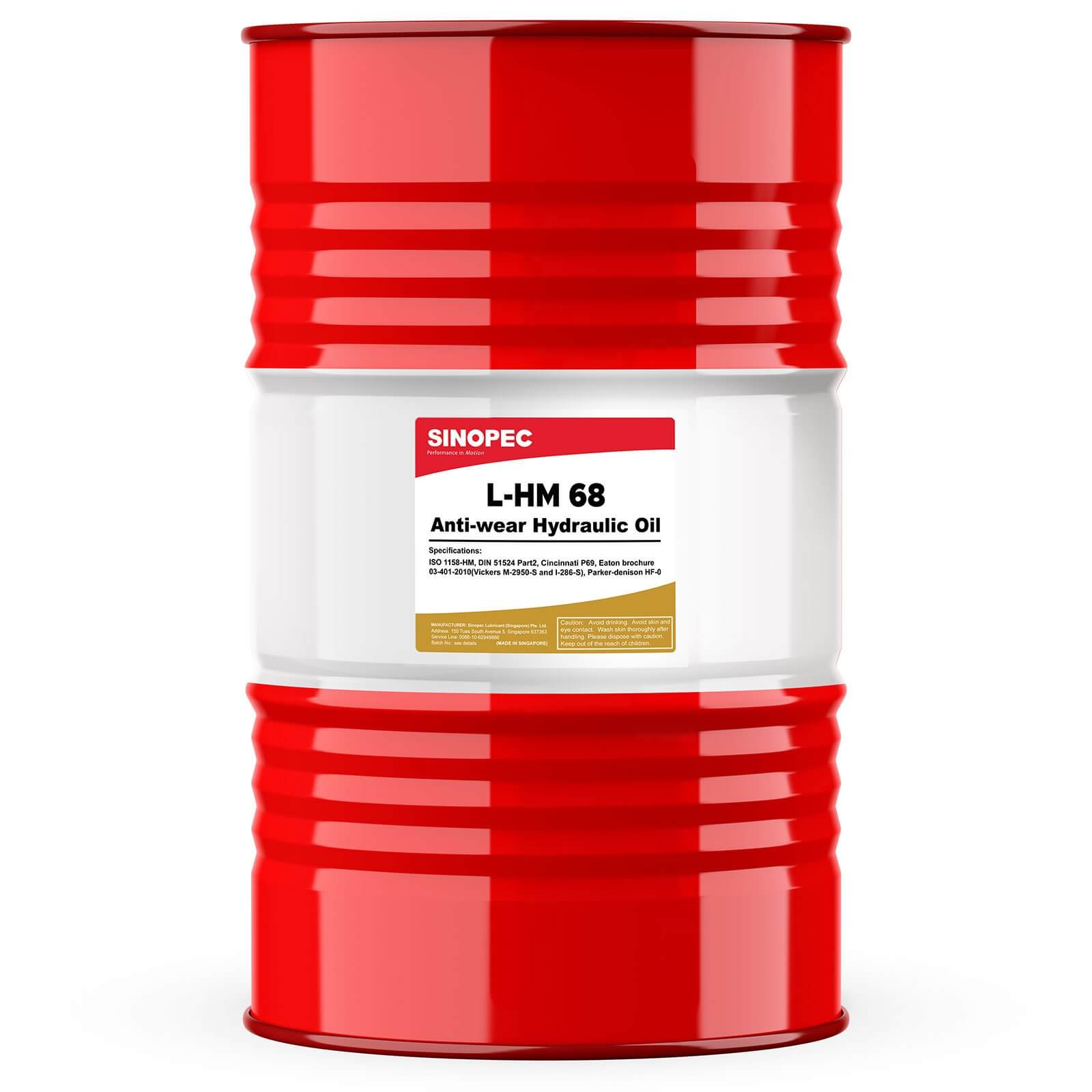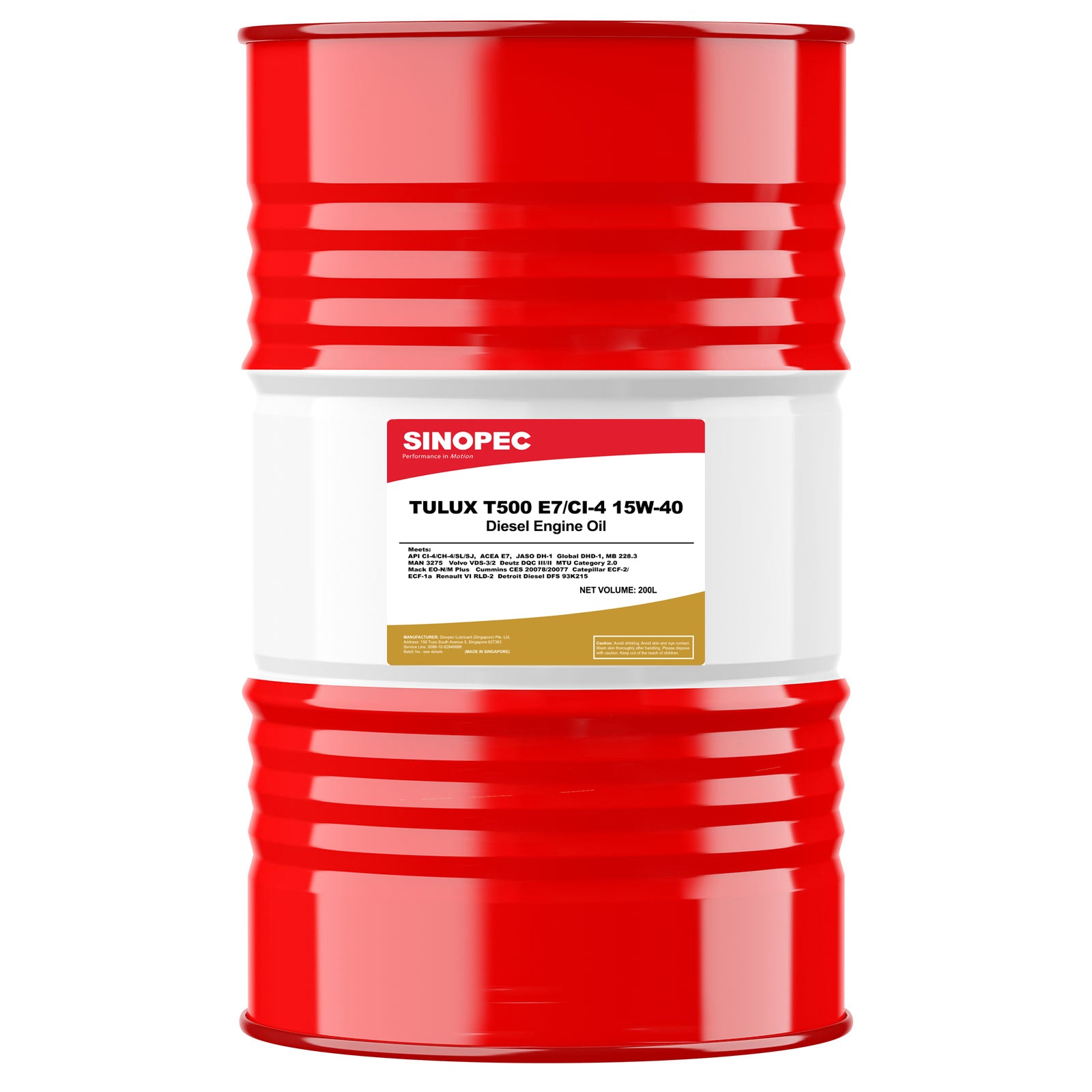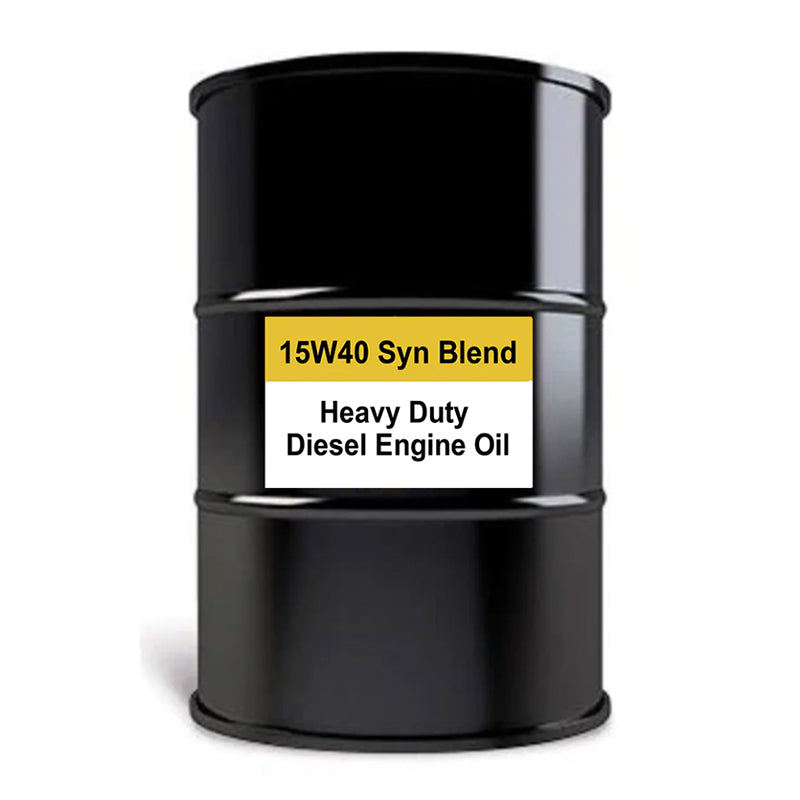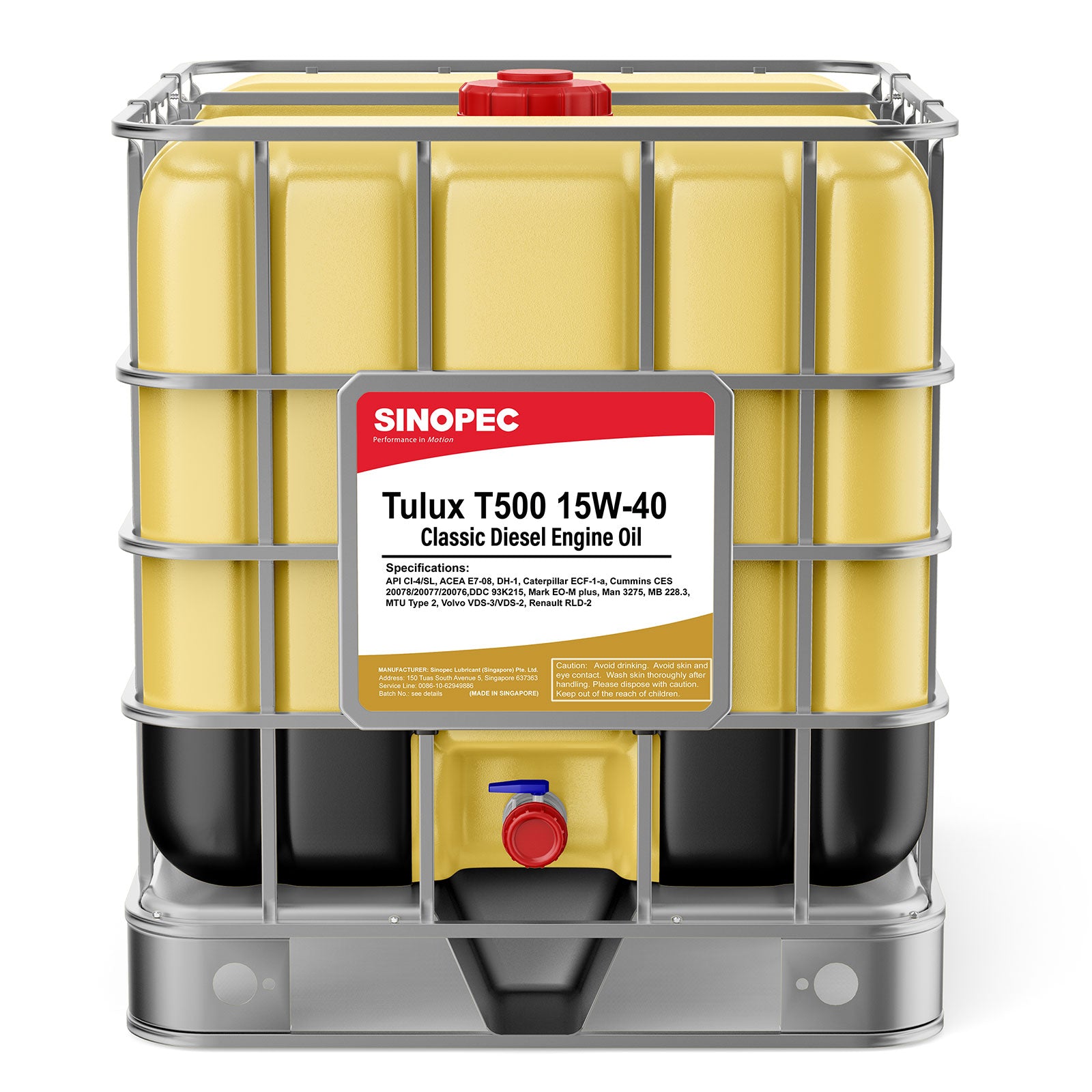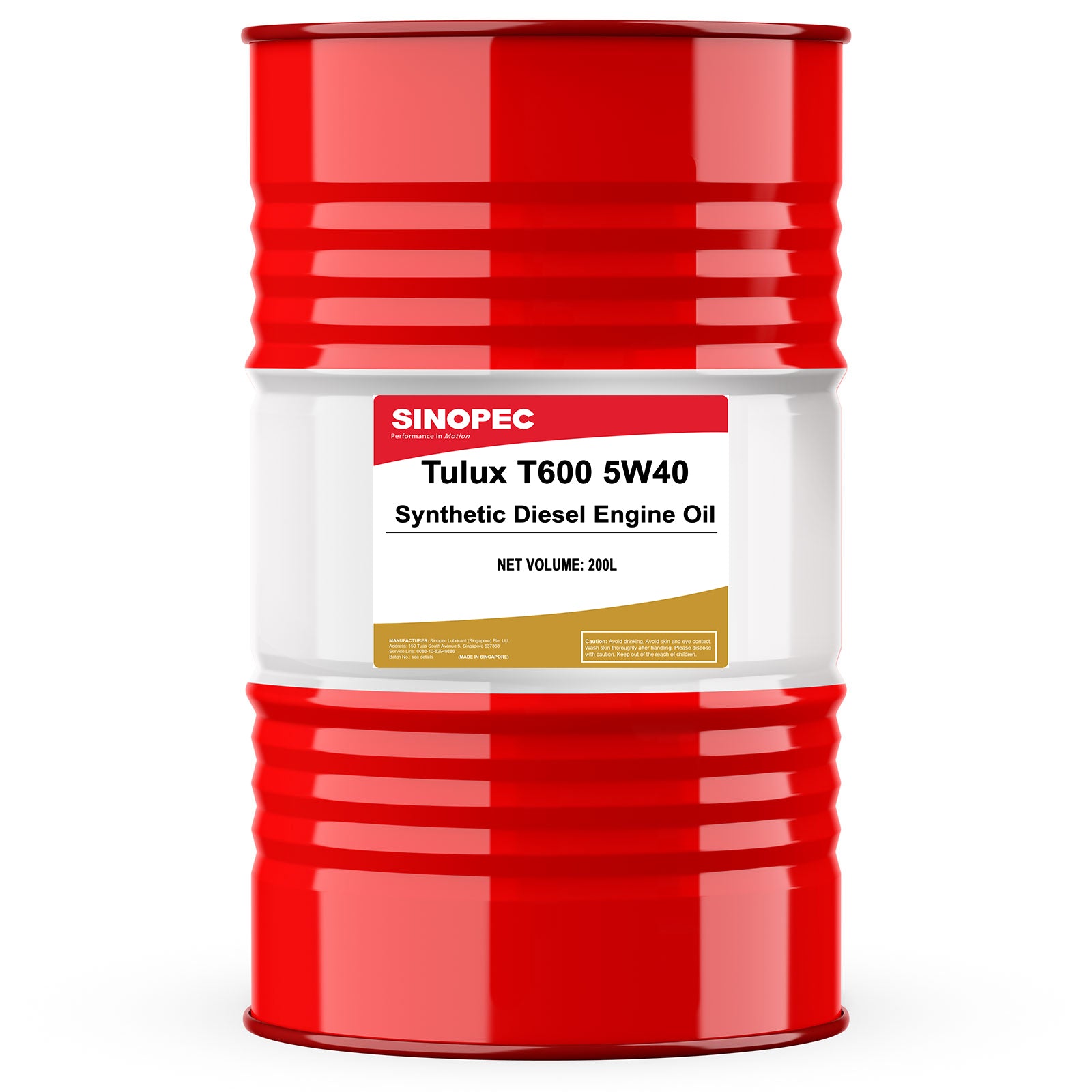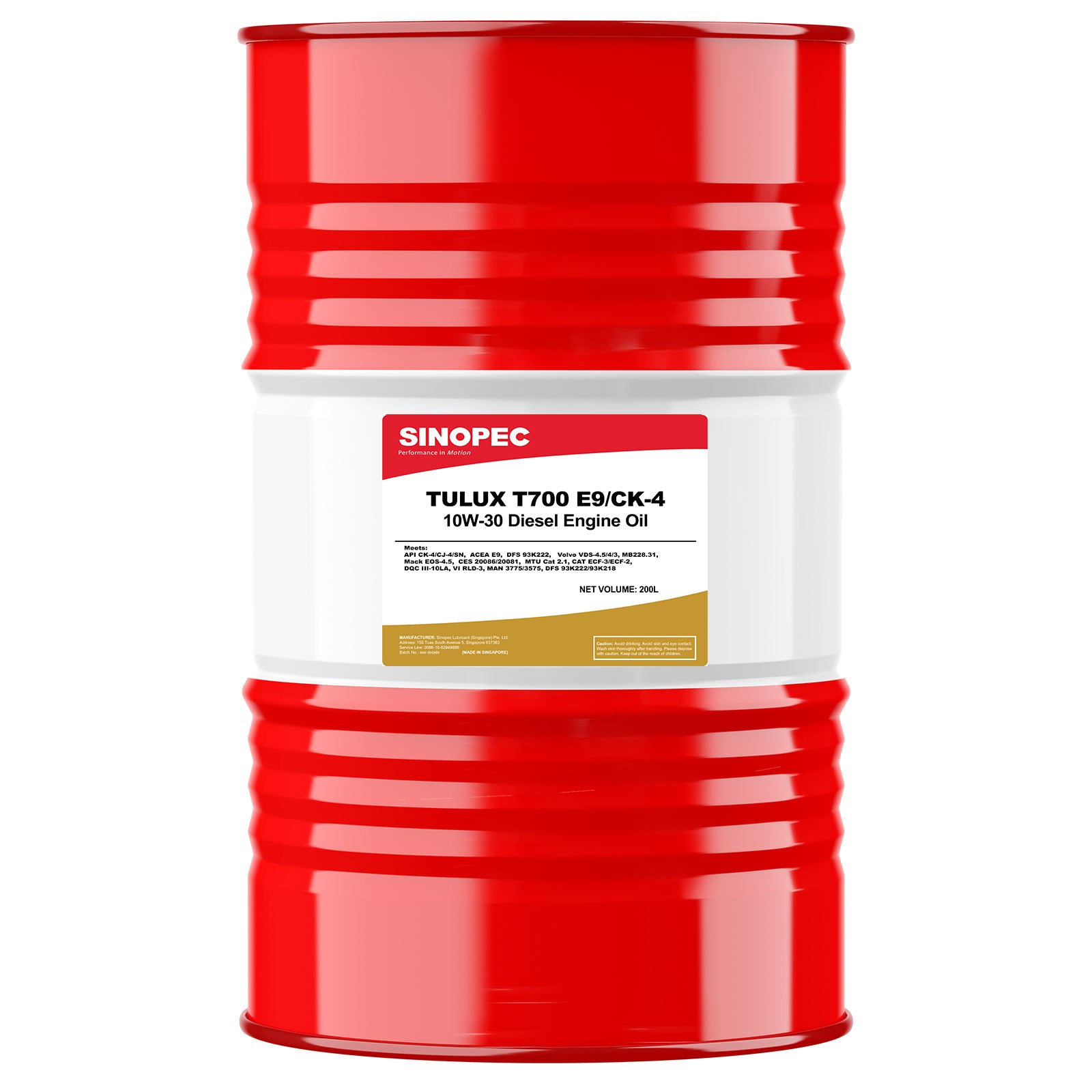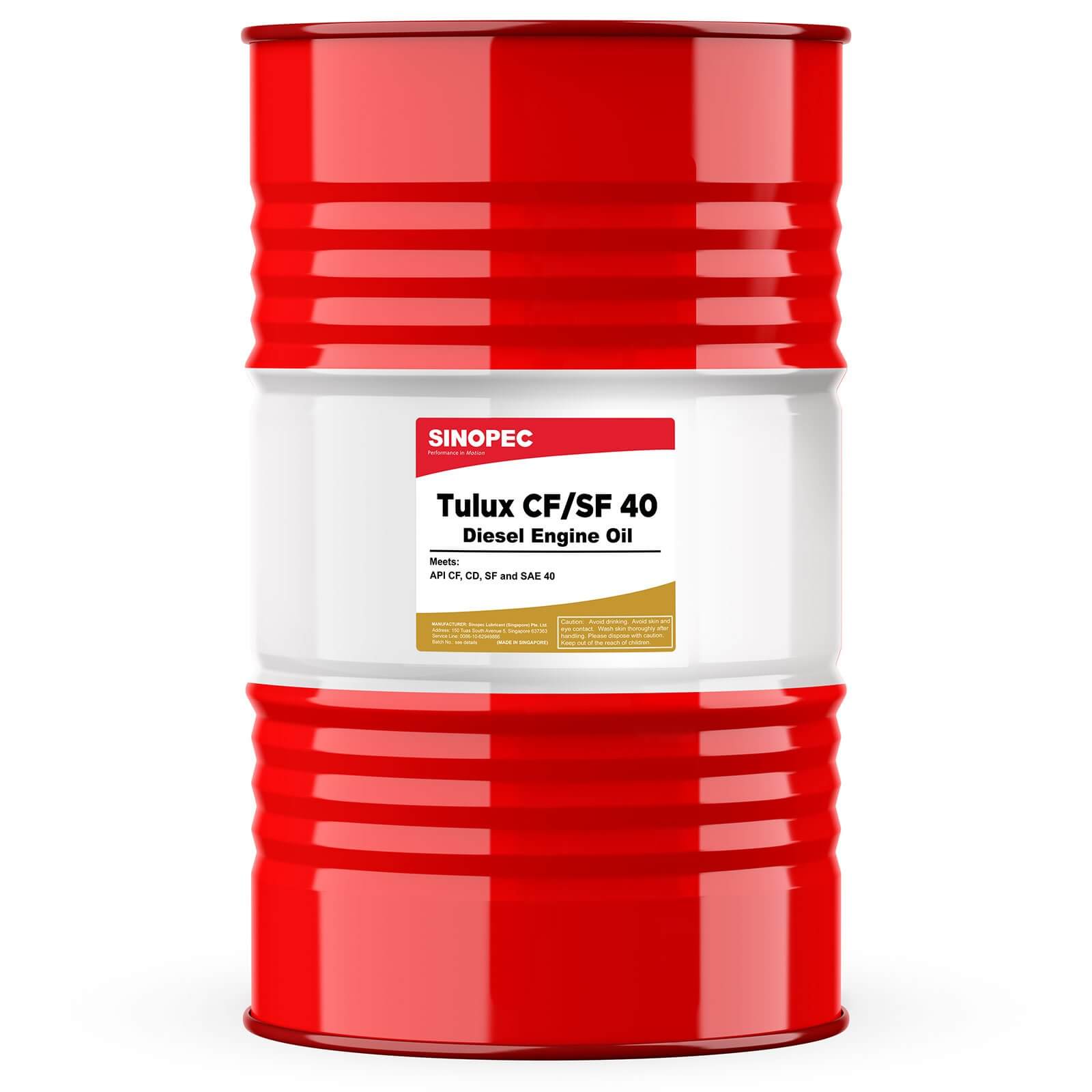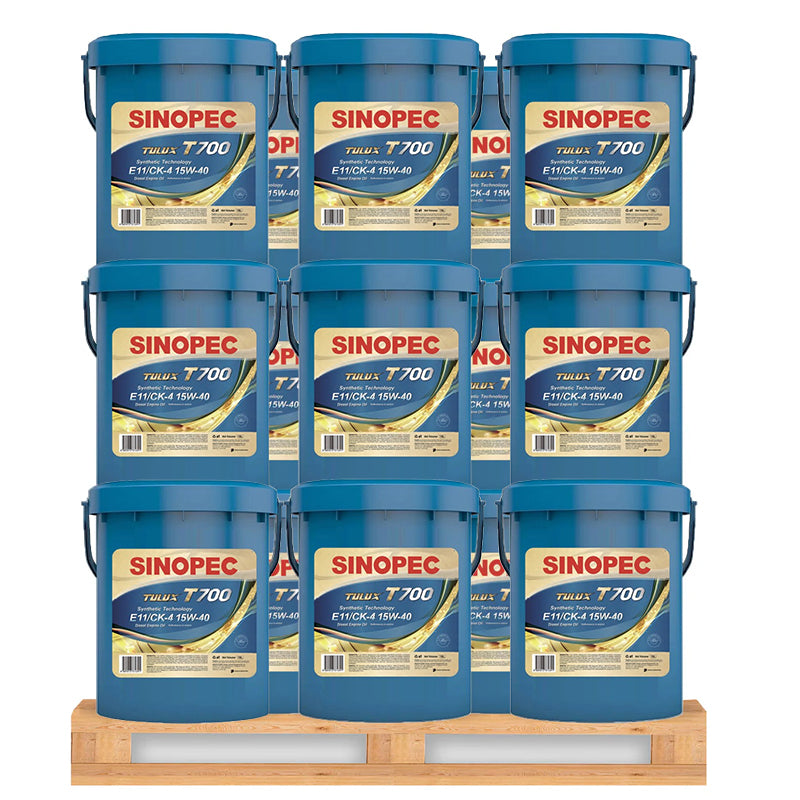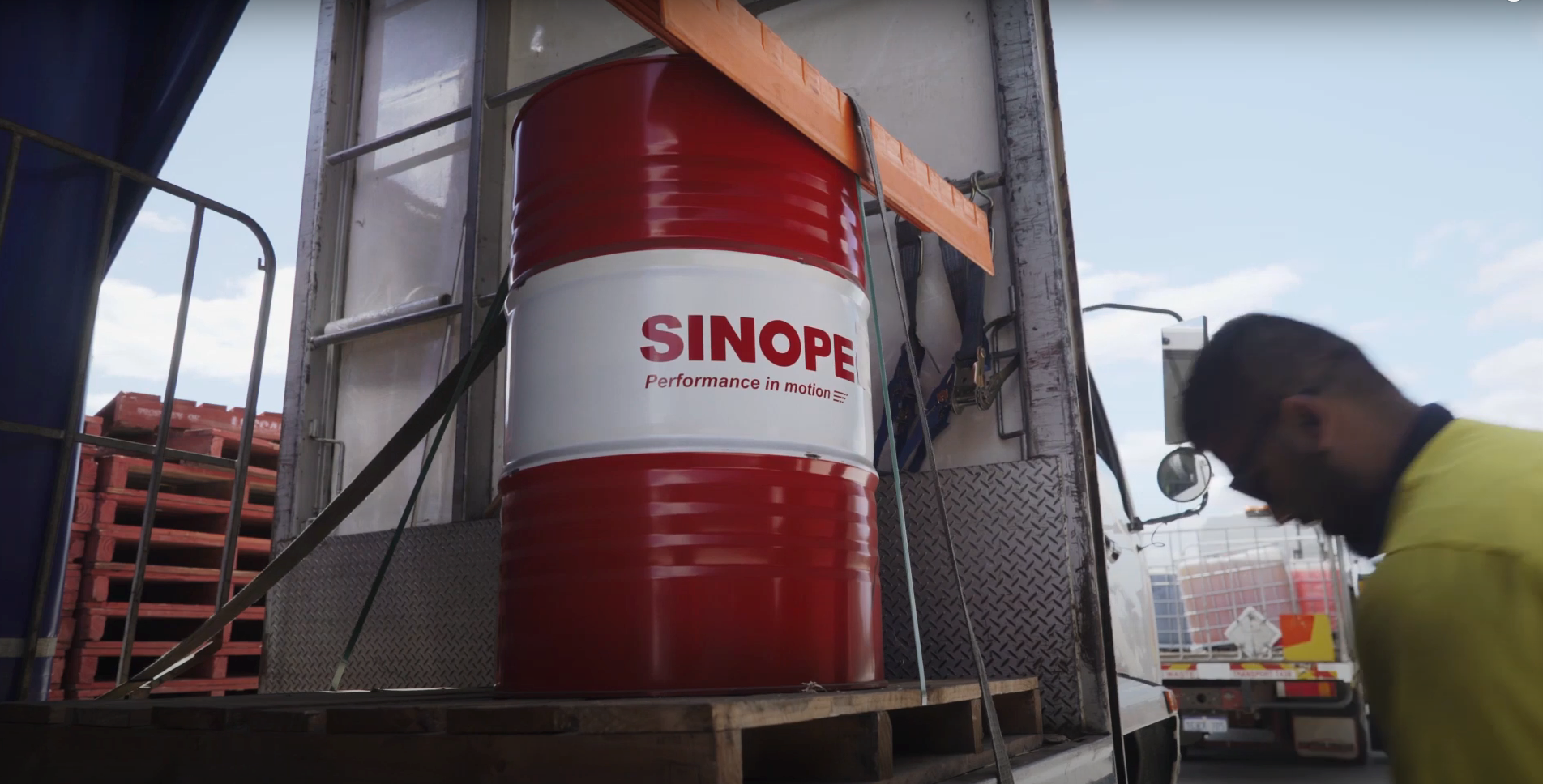AAMA
American Automobile Manufacturers Association.
AAR
American Association of Railroads.
Abrasion
In gears, a type of wear caused when hard particles are trapped between gear teeth.
Absolute Viscosity
A term used interchangeably with viscosity to distinguish it from kinematic viscosity or commercial viscosity. It is occasionally referred to as dynamic viscosity.
See also Dynamic Viscosity, Kinematic Viscosity and Viscosity
Absorption
The process by which one substance draws into itself another substance.
Examples: a sponge picking up water; an oil recovering gasoline from wet natural gas.
ACC
American Chemistry Council (formerly CMA).
ACEA
Association des Contructeurs Europeens (Association of European Automative Manufacturers).
2
Acid
A member of an important and fundamental category of chemical substances characterized by having an available reactive hydrogen and requiring an alkali to neutralise them. Acid solutions usually have a sour, biting and tart taste, like vinegar.
Acid Number
A measure of the amount of potassium hydroxide (KOH) needed to neutralise all or part of the acidity of a petroleum product. Also specified as neutralisation number (NN) or value (NV) and total acid number (TAN).
See also Strong Acid Number and Total Acid Number.
Acid Sludge
The residue left after treating petroleum oil with sulphuric acid for the removal of impurities. It is a black, viscous substance containing the spend acid and impurities.
Acid Treating
A refining process in which unfinished petroleum products, such as gasoline, kerosene and lubricating oil stocks, are contacted with sulphuric acid to improve their colour, odour, and other properties.
Acidity
In lubricants, acidity denotes the presence of acid-type constituents whose concentration is usually defined in terms of acid number. The constituents vary in nature and may or may not markedly influence the behaviour of the lubricant.
See also Acid Number.
3
Actuator
In hydraulics, a device which converts fluid pressure into mechanical action or movement.
Addendum
In gears, the distance between the tip of a gear tooth and the pitch circle.
Additive
A chemical substance which, when blended with a petroleum product, has the effect of improving one or more of its properties or performance characteristics.
Additive Level
The total percentage of all additives in an oil.
Adhesion
The force or forces causing two materials such as a lubricating grease and a metal, to stick together.
Adiabatic
Relating to changes in volume or pressure which occur without loss or gain of heat.
Adsorption
The process by which a substance is taken up on the surface of a solid by chemical or physical action.
Aftercooler
A device used to cool air after it has been compressed.
4
AFV
Alternate Fuel Vehicle
AGMA
American Gear Manufacturers Association, an organisation serving the gear industry.
Air Entrainment
The incorporation of air in the form of bubbles as a dispersed phase in the bulk liquid. Air may be entrained in a liquid through mechanical means and/or by release of dissolved air due to a sudden change in environment. The presence of entrained air is usually readily apparent from the appearance of the liquid (ie bubbly, opaque etc) while dissolved air can only be determined by analysis.
Air Release
The ability of a fluid to allow the escape of air entrained within it.
Aliphatic Hydrocarbon
Hydrocarbons in which the carbon atoms are arranged in open chains which may be straight or branched.
Alkali
In chemistry, any substance having basic properties. The term is applied to hydroxides of ammonium, lithium, potassium and sodium. They are soluble in water; have the power to neutralise acids and form salts. They turn red litmus blue. In a more general sense, the term is also applied to the hydroxides of the so-called alkaline earth metals-barium, calcium and strontium.
5
Alkane
A chemical compound that contains only carbon and hydrogen, that has only straight or branched chains of carbon atoms in its molecular structure, and has only singe chemical bonds between adjacent carbon atoms.
Almen EP Lubricant Tester
A journal-bearing machine used for determining the load-carrying capacity or extreme pressure properties of gear lubricants.
Ambient Temperature
Temperature of the area or atmosphere around a process (not the operating temperature of the process itself).
Anhydrous
Free of water, especially of crystallization.
Aniline Point
The minimum temperature for complete miscibility of equal volumes of aniline and the sample under test. Products with high aromatic or naphthenic contents have lower aniline points than products with high paraffin content.
ANSI
American National Standards Insitute
Anti-foaming Agent
An additive included in some lubricant formulations to suppress foam formation.
6
Anti-freeze Solution
A fluid, such as ethylene or propylene glycol, which is added to or used to replace the water in the cooling system of engines in order to prevent freezing.
Anti-friction Bearing
A rolling contact type bearing I which the rotating or moving member is supported or guided by means of ball or roller elements. Does not mean without friction.
Anti-knock
Resistance of a gasoline to detonation in a combustion chamber.
Anti-oxidant Additive
An additive included in some lubricant formations to inhibit the chemical breakdown of the base oil and some additive constituents by reaction with oxygen.
Anti-scuffing Additive
An additive included in some lubricant formulations that is absorbed on to metal surfaces to prevent direct metal-to-metal contact.
Anti-wear Additive
An additive included in some lubricant formulations to reduce friction and wear.
API
American Petroleum Institute
7
API Gravity
A gravity scale established by the API and in general use in the petroleum industry, the unity being called the ‘API degree’. This unit is defined in terms of specific gravity as follows: Degrees API = [141.5 / sp.gr (60°F/60°F)] – 131.5
API Service Classification
A system of letter designations agreed on by API, SAE and ASTM to define broad classes of engine service. Also a system of service classifications for automotive gear lubricants.
Apparent Viscosity (of a grease)
A measure of the resistance to flow of a grease whose viscosity varies with both temperature and flow rate.
Aromatic
An organic chemical compound built mainly of carbon and hydrogen atoms and containing one or more rings of carbon atoms. Derived from, or characterised by, the presence of a benzene ring, or a polymeric (multiple) ring structure.
Ash
Non-combustible residue of a lubricating oil or fuel; lubricating oil detergent additives containing metallic derivatives are a common source of ash (see also sulphated ash).
Ash Content
The percent by weight of residue left after the combustion of an oil sample.
8
Asperity
A surface roughness.
ASLE
American Society of Lubrication Engineers. This society is now known as the Society of Tribologiests and Lubrication engineers (STLE). The ASLE had published standards for machine tool lubricants.
Asperities
Microscopic projections on metal surfaces that relate directly to surface roughness (and the normal surface finishes from machining processes).
Asphalt
Black to dark-brown solid or semisolid cemetitious material which gradually liquefies when heated and in which the predominating constituents are bitumen’s. These occur in the solid and semisolid form in nature; are obtained by refining petroleum; or are combinations of one another or with petroleum or derivatives thereof.
Asphaltene
Large and complex chemical compounds in which sulphur, nitrogen, vanadium and nickel are built into aromatic structures. They occur predominantly in heavy residues such as a residual fuel and bitumen.
Asphaltic
Essentially composed of or similar to asphalt. Frequently applied to naphthenic base lubricating oils derived from crudes that contain asphalt.
9
ASTM
American Society for Testing and Materials.
ASTM Colorimeter
Apparatus widely used for determining the colour of lubrication oils: (ASTM Method D 1500). The colour so determined is known as ASTM colour.
ASTM Distillation
A distillation test made on such products as gasoline and kerosene to determine the initial and final boiling points (ASTM Method D 86).
ASTM Gum Test
An Analytical method for determining the amount of excising gum in a gasoline; by evaporating a sample from a glass dish on an elevated-temperature change; also known as the English melting point.
ASTM Melting Point
The temperature at which wax first shows as minimum rate of temperature change; also known as the English melting point.
ASTM Viscosity Classification
A method of specifying viscosity levels for industrial lubricants; does not denote quality.
ATC
Technical Committee of the Petroleum Additive Manufacturers.
10
ATF
Automatic Transmission Fluid.
ATIEL
Association Technique de l’Industrie Europeene des Lubrifiants.
Atmosphere
A unit of pressure equivalent to the average pressure of the air at sea level.
Atmospheric Distillation
The conversion of a liquid to a gas by heating at atmospheric pressure, and condensation of the gas back to a liquid often used for separation and purification.
Atomic Absorption Spectroscopy
Measure the radiation absorbed by chemically unbound atoms in order to determine the concentration of elements.
Auto-ignition
The spontaneous ignition, and the resulting very rapid reaction, of a portion or all of the fuel-air mixture in an engine. The flame speed is many times greater than that which follow normal spark ignition. The noise associated with it is called knock.
AVGAS
Aviation Turbine Fuel.
11
Aviation Method
A method for determining the knock-limited power, under lean-mixture condition, of fuels for use in spark-ignition aircraft engines (ASTM Method D 614)
Axial Compressor
A device which produces compressed gas by dynamic means, by initially accelerating the gas down a narrow tube.
Axial Load Bearing
A bearing in which the load acts in the direction of the axis of rotation.
Axial Piston Pump
A type of pump used in hydraulic systems which contains a number of reciprocating pistons which move in and out of chambers in a cylindrical block.
Babbitt
A soft, white, non-ferrous alloy bearing material composed principally of copper, antimony, tin and lead.
Bactericide
An additive to inhibit bacterial growth in aqueous component or phase of fluids, preventing bacterial degradation of the fluid and the resulting foul odours. The amount of acid required to neutralise all or part of a lubricant’s basicity, expressed as potassium degradation of the fluid and the resulting foul odours.
12
Ball Bearing
An anti-friction bearing comprising rolling elements in the form of balls.
Bar
A unit of atmospheric pressure equivalent to 100,000 newtons per square metre.
Barrel
A unit of liquid measure comprised of 42 gallons. Used to measure quantities of crude oil, gasoline and fuel oils.
Base Number
A measure of the reserve of alkalinity of a lubricant. A measurement of BN can often give important information about the depletion of basic additives.
Base Oil
The blend of refined mineral oils which forms the foundation for a lubricant formulation and to which additives are added to produce the finished lubricant.
Batch
Any quantity of material handled or considered as a unit in processing.
Base Stock
A fully refined lube oil, which is a component of lubricant formulations.
Bearing
A support or guide by means of which a moving part such as a shaft or axle is positioned with respect to the other parts of a mechanism.
13
Bearing Speed Factor
A factor used to determine the suitability of lubricants for rolling bearings taking the size of the bearing and its speed of rotation into account.
Bentonite
The mineral montmorillonite, a magnesium-aluminium silicate. Used as a treating agent, also, as a component of drilling mud, and in greases.
Benzene
Colourless liquid hydrocarbon, C6H6, with one ring of carbon atoms. Made from coal tar and by catalytic reforming of naphthenes, it is used in the manufacture of phenol, styrene, nylon, detergents, aniline, phthalic anhydride, biphenyl, nitrobenzene, chlorbenzene; as a solvent; and as a component of high-octane gasoline.
Benzene Insoluble
That portion of the normal pentane insoluble in used lubricating oils which is not soluble in benzene, and which may include the insoluble contaminants from external sources, some matter produced by oxidation and thermal decomposition of the oil, the oil additives, or the fuel. (ASTM Method D 893).
Bevel Gear
A pair of toothed wheels that transmit motion between two shafts at an angle to each other. Biodegradability
The capacity of a substance to be broken down by the biological action of living organisms.
14
Bitumen
A non-crystalline solid or viscous mixture of complex hydrocarbons that possesses characteristic agglomerating properties, softens gradually when heated, is substantially soluble in tri-chloro-ethylene, and is obtained from crude petroleum by refining processes.
Bleeding
The tendency of a liquid component to separate from a solid or semi-solid mixture such as an oil from a grease. Some bleeding is desirable, since it provides continuous oil lubrication to bearings.
Blending
The process of mixing lubricants or components for the purpose of obtaining the desired physical and/or chemical properties (see compounding).
Block Grease
Generally, a grease of high soap content, which, under normal temperatures is firm to the touch and can be handled in block or stick form.
Bloom
A sheen or fluorescence evident in some petroleum oils when viewed by reflected light.
Blotter Test
A test which reveals the approximate amount and general type of contaminants in a used engine oil.
15
Blown Bitumen
A bitumen for uses other than road making prepared by blowing air through a base feed stock under controlled conditions.
Boiling Point
The temperature at which a substance boils, or is converted into vapour by bubbles forming with the liquid; it varies with pressure.
Border Line Pumping Temperature (BPT)
The lowest temperature at which an adequately supplied to the oil pump of an engine.
Bore Polishing
Excessive smoothing out of the surface finish of the cylinder bore in an engine to a mirror- like appearance, resulting in depreciation of ring sealing performance. Bore polishing often leads to an increase in oil consumption and wear and to a decrease in engine efficiency.
Bottoms
The liquid which collects in the bottom of a vessel (tower bottoms, tank bottoms), either during a fractionating process or while in storage.
Boundary Lubrication
A lubrication regime in which the film of lubricant is too thin so that surface-to-surface contact takes place over a large area and the load is carried by a very thin film of lubricant. Also referred to thin film, imperfect, or non-viscous lubrication.
16
Bright Stock
Refined, high viscosity base oils usually made from residual stocks by suitable treatment, such as a combination of solvent extraction, propane de-asphalting or catalytic dewaxing.
British Thermal Unit (BTU)
The quantity of heat required to raise, by 1°F, the temperature of one pound of water at its maximum density (39.2°F).
BSI
British Standards Institution.
BS&W
The material that collects in the bottom of storage tanks, usually composed of oil, water, and foreign matter. Also referred to as bottoms, or bottom settling and water.
BTC
British Technical Council.
Bulk Modulus
The ratio of the pressure applied to a fluid to the change in volume produced.
Bunker “C” Fuel Oil
A heavy residual fuel oil used by ships and large-scale heating installations. The United States Navy calls it “Navy heavy"; in industry, it is often referred to as No. 6 fuel.
17
Burning
In gears, a type of wear caused by overheating due to excessive friction.
Butane
Either of two isomeric, flammable, gaseous hydrocarbons, C4H10, of the paraffin series: n- butane or isobutane.
By-Pass Filtration
A system of filtration in which only a portion of the total flow of a circulating fluid system passes through a filter or in which a filter, having its own circulating pump, operates in parallel to the main flow.
CAFE
Corporate Average Fuel Economy.
Cage
The part of a rolling bearing which holds the rolling elements and keeps them apart.
Calcium Base Grease
A grease made from a lubrication fluid thickened with calcium soap. Calcium base grease is highly resistant to water but unstable at high temperatures.
18
Calorie
1. The amount of heat required to raise the temperature of 1 g of water 1°C, at or near the temperature of maximum density. This unit is called a “small calorie”, or “gram calorie”. 2. The amount of heat required to raise the temperature of 1 kg of water 1°C. This unit is called a “large calorie” or “kilogram-calorie”.
Camshaft
A shaft to which a cam is attached. As the shaft rotates its circular-motion is converted into a to-and-fro motion.
Capillary Viscometer
A viscometer in which the oil flows through a capillary tube.
CARB
California Air Resources Board
Carbide Tooling
Consists of tungsten carbide particles (or combinations of other carbides) held together by cobalt or nickel binders.
Carbon Residue
Standardised tests which measure the amount of carbon left behind after combustion under controlled conditions. Two methods are available, the Conradson and the Ramsbottom Carbon Residue tests.
19
Catalytic Dewaxing
The removal of high melting point alkanes (wax) from a lubricating oil base stock by treatment with hydrogen in the presence of a catalyst.
Cavitation
The formation of pockets of air or vapour in a fluid when the pressure on the fluid is reduced.
CCMC
Comite des Constructeurs d’Automobile du Marche Commun (Common Market Automobile Manufacturer Association).
CCS
Cold Cranking Simulator
CEC
Coordinating European Council.
Centipoise (cP.)
A centipoise (c.P) is 1/100 of a poise (P) which is the fundamental unit of dynamic viscosity in the CGS system of units. In the SI system of units, the fundamental unit of dynamic viscosity is the pascal second (Pas-1Pas is equivalent to 10P). A measure of dynamic or absolute viscosity.
20
Centistoke (cSt.)
The centistoke (cSt) is 1/100 of a stoke (St) which is the fundamental unit of kinematic viscosity in the CGS system. In the SI system of units, the fundamental unit of kinematic viscosity is the millimetre squared per second (mm2/s) which is equivalent to the centistoke).
Cetane Number
A measure of the ignition quality of a diesel fuel, expressed as a percentage of cetane that must be mixed with liquid methyl naphthalene to produce the same ignition performance as the diesel fuel being rated.
Centane Number Improver
A substance which, when added to a diesel fuel, has the effect of increasing its cetane number. In this class are nitro alkanes, nitrates, nitro carbonates, and peroxides.
Centralised Lubrication System
A method for distributing lubricant from a central reservoir to where it is required through a system of pipe work.
Centrifugal Compressor
A device which produces compressed gas by dynamic means, by accelerating the gas to very high speeds before allowing the kinetic energy of the gas to be converted to pressure energy.
Cetane Index
An approximation of cetane number based on API gravity and mid-boiling point of a fuel.
21
CETOP
European Oil Hydraulic and Pneumatic Committee.
CFCs Chlorofluorocarbons.
CFPP
Cold Filter Plugging Point.
CFR
Coordinating Fuel and Equipment Research Committee, composed of engine-manufacturers, petroleum-refiners, petroleum-consumers, universities, government, and other technical people who supervise cooperative testing and study engine fuels for the Coordinating Research Council Inc.
Channeling
1. The phenomenon observed among gear lubricants and greases when they thicken, due to cold weather or other causes, to such an extent that a groove is formed through which the part to be lubricated moves without actually coming in full contact with the lubricant.
2. A term used in percolation filtration; may be defined as a preponderance of flow through certain portions of the clay bed.
Channel Point
Lowest safe temperature that a gear lubricant can be used.
22
Chemical Stability
The ability of a substance to resist chemical breakdown.
Chromatography
A method of separation based on selective adsorption. A solution of the substance is allowed to flow slowly through a column of adsorbent. Different substances will pass with different speeds down the column and will eventually be separated into zones. The column core can
then be pushed out and the zones of material cut apart, or the zones can be eluted by passing more solvent down the column and collecting it in small fractions.
Partition Chromatography involves the selective solution of the desired material between two solvents. The final solvent, usually water, is used to wet the solid material packed in the column, and the first solvent containing the desired material is poured into the column as described.
Paper Chromatography is a micro method. A drop of the liquid to be investigated is place near one end of a strip of paper. This end is immersed in solvent which travels down the paper and distributes the materials present in the original drop selectively. Comparison with known substances makes identification possible.
Gas chromatography is an analytical technique for separating mixtures of volatile substances. The procedure consists of introducing the mixture to be examined into the chromatographic column and washing it down with an inert gas. The column is packed with adsorbent materials which selectively retard the components of the sample.
CID
Commercial Item Description used in many cases in lieu of military specification.
23
Circulating Lubrication
A system of lubrication in which the lubricant, after having passed through a bearing or group of bearings, is recirculated by means of a pump.
Cleveland Open Cup (COC)
A test for determining the open flash point and fire point of all petroleum products except fuel oil and products with open flash points below 79C.
See also Flash Point and Fire Point.
Cloud Point
The temperature at which paraffin wax crystals or other solid substances begin to crystallise or separate from the solution, imparting a cloudy appearance to the oils when chilled under prescribed conditions (ASTM Method D 97).
CMA
Chemical Manufacturers Association (now known as the ACC).
Coalescer
A device used in compressed air systems to remove oil from the compressed air.
COC
Cleveland Open-Cup Tester.
See also Flash Point and Fire Point.
24
Coefficient of Friction
The ratio of the friction force between two bodies to the normal, or perpendicular, force or load between them.
Co-gellant
A substance which acts in conjunction with a conventional soap to thicken a grease.
Colour
A factor in the identification, rather than in the quality rating of a petroleum product-except where staining or appearance are considerations.
Compatibility
The ability of substances to exist together without damaging each other.
Complex Grease
A composition in which the thickener is a combination of a conventional metallic soap (salt of a metallic element and a fatty acid having a particular type of structure) and a complexing agent. The complexing agent may be either organic or inorganic, and may or may not involve another metallic constituent.
Compressibility
The extent to which the volume of a fluid is reduced when pressure is applied to it.
Compression Ignition
The system of ignition used in a diesel engine in which fuel is ignited on coming into contact with hot, compressed air.
25
Compression Ratio
In reciprocating compressors and piston engines, the ratio between the volumes of gas in the cylinder when the piston is at the bottom and tat the top of its stroke.
Compressor
A machine that compresses gases.
Compounded Oil
A mineral oil to which has been added vegetable oil, animal oil or other chemical substance to impart special properties.
Compounding
The addition of fatty oils and similar materials to lubricants to impart special properties. Lubricating oils to which such materials have been added are known as compounded oils.
CONCAWE
Conservation of Clean Air and Water in Europe.
Connecting Rod
A rod that transmits power from a part of a machine that moves to and fro (such as a piston) to a part that rotates (such as a crankshaft).
26
Consistency
A basic property describing the softness or hardness of a grease, i.e. the degree to which a grease resists deformation under the application of force. Consistency is usually indicated by either apparent viscosity, ASTM penetration, or NLGI Number. A term used synonymously with the term Penetration Number of a grease.
Coordinating Research Council, Inc.
An organization supported jointly the American Petroleum Institute (API) and the Society of Automotive Engineers (SAE), which administers the work of the Coordinating Fuel and Equipment Research Committee (CFR) and the committees pertaining to correlation of test work on fuels, lubricants, engines, etc.
Copper Dish Gum
The milligrams of gum found in 100ml of gasoline when evaporated under controlled conditions in a polished copper dish; indicates the potential gum content of a material.
Copper Strip Corrosion
A method of testing petroleum products for their corrosive effect on copper and copper alloys, as the result of oxidation or other chemical action. Also used as a method of indicating the amount of free or unreacted sulphur in a product.
Corrosion
The attrition or wearing away of a substance by acid or electrochemical action.
27
Corrosion Inhibitor
An additive included in some lubricant formulations to help the lubricant protect against corrosion.
Crankshaft
A shaft, for example in an engine or a compressor, that enables the to-and-fro motion of a piston to be converted into a rotary motion, or vice versa.
CRC
Coordinating Research Council.
Crossed Helical Gear
A gear which transmits motion between two shafts which are at an angle to each other but whose axes do not intersect.
Crosshead
A shaft that connects the piston to the connecting rod in double-acting reciprocating compressors and in certain types of piston engine.
Crude Wax
Also called petroleum wax or slack wax, crude wax is an unrefined mixture of high melting hydrocarbons, of the normal straight chain type, still containing a fairly high percentage of oil.
CUNA
Commissione Tecnica de Unificazione nel l’Autoveicolo.
28
Cup Grease
An early term for calcium or lime base grease, practically obsolete now but meant originally to designate a degree of quality suitable for grease cup application, etc.
Cutback Bitumen
A bitumen in which the viscosity has been reduced by the addition of volatile diluents such as white spirits or kerosine.
Cutting Fluid or Oil
Any fluid applied to a cutting tool to assist in the cutting operation by cooling, lubricating or other means.
Cut-out
A device which operates automatically to interrupt the operation of a system when the system is in danger of being overloaded.
Cycloalkane
A chemical compound that contains only carbon and hydrogen, that contains rings of carbon atoms as well as straight or branched chains or carbon atoms in its molecular structure, and has only single chemical bonds between adjacent carbon atoms.
DAP
Detroit Advisory Panel
29
Deasphalting
A process during the manufacture of lubricating oils in which asphaltenes are removed from short residue oil.
Dedendum
In gears, the distance between the root of a gear tooth and the pitch circle.
Deformation
The alteration of shape by stress.
Degree-Day
A unit of temperature. Experience has shown that, for buildings requiring an inside temperature of approximately 70°F, the amount of fuel or heat used per day is proportional to the number of degrees the average outside temperature falls below 65°F. The degree-day is based upon this principle. The number of degree-day (65°F base) for a given period is
the difference between 65°F and the United States Weather Bureau daily mean temperature, when the latter is less than 65°F, multiplied by the number of days.
Degree Engler
A measure of viscosity. The ratio of the time of flow of 200 ml of the liquid tested, through the viscometer devised by Engler, to the time required for the flow of the same volume of water gives the number of degrees Engler.
30
Demulsibility
The ability of an oil to separate from, or shed, water with which it may be mixed. The higher the demulsibility rating, the more rapidly the fluid separates from water. Demulsibility is an important consideration in lubricant maintenance in many circulating lubrication systems. Demulsibility is sometimes expressed as the rate, in cubic centimetres per hour, or settling out of a fluid from an emulsion under specified conditions.
See also Steam Emulsion Number.
Demulsification
The separation of an emulsion into its component liquids.
Density
The mass of a unit volume of a substance. Its numerical value varies with the units used.
DEO
Diesel Engine Oil
Detergency
The property of a lubricating oil to reduce or prevent deposits formed under high temperature conditions or as a result of the action on the oil of acidic contaminants.
Detergent
An additive included in most engine oil formulations to inhibit deposit formation and protect the lubricated surfaces, having the property of keeping insoluble matter in suspension thus preventing its deposition where it would be harmful. A detergent may also redisperse deposits already formed.
31
Dewaxing
Process which removes wax from a lube distillate by solvent means (physical separation) or catalytic means (conversion).
DI
Direct Injection (Diesel).
Dielectric Strength
A measure of the ability of an insulating fluid to withstand electric stress (voltage) without failure. Fluids with high dielectric strength (usually expressed in volts or kilovolts) are good electrical insulators.
Diesel Engine
As internal combustion engine in which air is compressed within a cylinder to produce a temperature high enough to ignite fuel which is sprayed into the cylinder
Diesel Index
An expression for the ignitability of a fuel relative to its aniline point: Aniline point(°F) X API gravity
diesel index = 100
Diester Oil
A synthetic lubricating liquid made from esters; also called ester oil.
DIN
Deutsche Industrie Norm.
32
Dispensability
The property of a grease that governs the ease with which it may be transferred from its container to its point of application.
Dispersant
An additive included in some lubricated formulations to hold insoluble contaminants in suspension. In engine oils it helps prevent the formation of sludge, varnish and other engine deposits by keeping particles suspended in colloidal state (suspension of finely divided particles).
Dispersing
In lubrication, usually used interchangeably with detergent. An additive which keeps fine particles of insoluble materials in a homogeneous solution. Hence, particles are not permitted to settle out and accumulate.
Distillate
The liquid obtained by condensing the vapour given off by a boiling liquid.
Distillation
The conversion of a liquid to a gas by heating and the subsequent condensation of the gas back to a liquid by cooling, often used for separation and purification
DKA
Deutscher Koordinierungsausschuss.
33
DOHC
Double Overhead Camshaft (twin cams)
Double-Acting Compressor
A reciprocating compressor with two compression chambers, one on each side of the piston, in which compression takes place alternately.
Double Helical Gear
A pair of gear wheels used to transmit motion between parallel shafts without generating side thrusts. Each wheel has two sets of teeth running in opposite directions at an angle to its axis.
Drop Feed Lubrication
A system of lubrication in which the lubricant is applied to the bearing surfaces in the form of drops at regular intervals.
Dropping Point
The lowest temperature at which a grease is sufficiently fluid to drip.
34
Dry-Film Lubricant
Solid material left between two moving surfaces to prevent metal-to-metal contact, thus reducing friction and wear. Such materials are especially useful in the region of boundary lubrication, and for lubrication under special conditions of extremely high or low temperature
where usual lubricants are inadequate. They may be applied in the form of a paste or solid stick, or by spraying, dipping, or brushing in an air-drying carrier which evaporates leaving a dry film. Some examples are graphite, molybdenum disulfide, boron nitride, and certain plastics such as tetrafluorethylene resins.
Duel-fuel Engine
A diesel engine which may be operated as an oil diesel, a gas diesel, or a combination of both, as it is equipped with controls or parts to permit operating as one or the other.
Dynamic Compressor
A device which produces compressed gas by changing its kinetic energy, rather than by a simple reduction in volume.
Dynamic Friction
The force needed to keep one body sliding over another once motion has started.
35
Dynamic Viscosity
The viscosity of a fluid defined as the shear stress (the force causing movement between adjacent layers of fluid) divided by the rate of shear (the difference in speed between adjacent
layers of fluid).
See also Absolute Viscosity, Kinematic Viscosity and Viscosity.
EC & EC II
Energy Conserving and Energy Conserving II.
EFTC
Engine Fuels Technical Committee.
Elastic
Capable of recovering shape after deformation.
Elastohydrodynamic Lubrication
Lubrication modified to take into consideration the elastic properties of the bearing material and the viscosity increase of the lubricant under concentrated load.
ELTC
Engine Lubricants Technical Committee.
EMA
Engine Manufacturer’s Association.
36
Emulsibility
The ability of a non-water miscible fluid to form an emulsion with water.
Emulsifier
An additive that promotes or aids the emulsification of two liquids and to enhance the stability of the emulsion.
Emulsification
The forming of an emulsion.
Emulsion
A mechanical mixture of two immiscible liquids such as oil and water. Water-in-oil emulsions have water as the internal phase and oil as the external. Oil-in-water emulsions have water as the external phase and oil as the internal.
Enclosed Gear
The same as a gearbox.
Entrainment
The trapping of air bubbles in a liquid.
EOLCS
Engine Oil Licensing and Certification System.
EP
Extreme Pressure.
37
EPA
Environmental Protection Agency.
EP Agent
An extreme pressure additive introduced into a lubricant to improve the load-carrying or anti-weld qualities.
EP Lubricants
Lubricants that have been fortified with additives that appreciably increase the load carrying properties of the base lubricant, thus reducing excessive wear.
Ester
A chemical compound formed by the reaction between an alcohol and an organic acid.
Extreme Pressure (EP) Additive
A chemical compound imparting extreme pressure characteristics to a lubricant with the objective of reducing wear under conditions where rubbing or sliding accompanies high contact pressures. Under heavy loads, EP additives form a protective chemical film on the surfaces in contact.
Fat
An animal or vegetable oil which will combine with an alkali to solidify and form a soap.
Fatty Acid
An organic acid of aliphatic structure originally derived from fats and fatty oils.
38
FDA
Food and Drug Administration.
FFV
Flexible-Fuel Vehicle.
Fibre Grease
A grease with a distinctly fibrous structure, which is noticeable when portions of the grease are pulled apart.
Filler
Any solid substance such as talc, mica, or various powders, etc. which is added to a grease to increase its weight or consistency.
Film Strength
The ability of a film of oil or grease to resist rupture due to load, speed, temperature and shock loading, which enables it to maintain an unbroken film on lubricated surfaces under operating conditions, where otherwise there would be scuffing or scoring of the surfaces.
Filter
Any device or porous substance used as a strainer for cleaning fluids by removing suspended matter.
Filterability
The ability of a liquid to pass freely through a filter without clogging it.
39
Fire Point (Cleveland Open-Cup)
The flash point of an oil is the temperature to which it must be heated to give off sufficient vapour to form momentarily a flammable mixture with air when a small flame is applied under specified conditions.
Flammability
Capable of being ignited and burning.
Flash Point
The lowest temperature of a liquid at which it will give off sufficient vapour to form a flammable mixture with air above the liquid which will ignite momentarily (i.e., flash) when exposed to a flame.
Flash Point Test (COC)
See Cleveland Open-Cup Tester.
Flash Point Test (Pensky-Martens Closed Tester)
A method of test for the determination of the flash point of liquid fuels flashing below 175°F, with the exception of fuel oils.
Flash Point Test (Tag Closed-Cup Tester)
A method of test for the determination of the flash point of liquid fuels flashing below 175°F, with the exception of fuel oils.
40
Floc Point
The temperature at which a flocculent collection of wax crystals first appear when a solution of Freon in oil is cooled under prescribed conditions.
Fluid Mechanics
The branch of physics that deals with the forces within stationary and moving fluids.
Flywheel
A heavy wheel that revolves on a shaft and can reduce fluctuations in the speed of rotation of the shaft and store energy for future use.
Foam
A froth produced by whipping air into a lubricant.
Foaming
The occurrence of a frothy mixture of air and a petroleum product (lubricant, fuel oil) that can reduce the effectiveness of a product and cause sluggish hydraulic operation, air binding of oil pumps and overflow of tanks or sumps.
Follower Plate
A metal sheet used on top of the grease in a pump-type dispenser to assure the grease remains level as it is pumped. This avoids the formation of a cavity around the pump pick- up
tube and enables all the grease to be dispensed without manual levelling from time to time.
41
Force Feed Lubrication
A system of lubrication in which the lubricant is supplied to the bearing surface under pressure.
Form Oil
A compound or oil used to lubricate wooden or metal concrete forms in order to keep cement from sticking to them.
Four Ball Method
Either of two lubricant test procedures- the four ball wear method and the four ball extreme pressure method. The test methods evaluate the anti-wear properties of lubricants under different test conditions.
Four-Ball Tester
This name is frequently used to describe either of two similar laboratory machines, the Four- Ball Wear Tester and the Four-Ball EP Tester. These machines are used to evaluate a lubricant’s anti-wear qualities, frictional characteristics or load carrying capabilities. It derives its name from the four-1/2 inch steel balls used as test specimens. Three of the balls are held together in a cup filled with lubricant while the fourth ball is rotated against them.
Four-Stroke Cycle
The operating cycle of some internal combustion engines in which power is produced on one out of every four movements of the engine’s piston. The four strokes of the cycle are induction, compression, power and exhaust.
42
Fracture
In gears, a type of wear in which repeated shock loads cause one or more gear teeth to break off.
Fretting Corrosion
A process of mechanical attrition combined with chemical reaction taking place at the common boundary of loaded contact surfaces having small oscillatory relative motion.
Friction
The resisting force encountered at the common boundary between two bodies when, under the action of an external force, one body moves or tends to move over the surface of the other.
Front-end Volatility
A term applied to the volatility of the lower boiling fractions of gasoline.
Fuel Injection
The introduction of fuel under pressure directly into the cylinders of an internal combustion engine.
Fuel Sensitivity
The response of a motor fuel to the change in engine severity between the operating conditions of the ASTM Research Method (D 908) and ASTM Motor Method (D 357); numerically equal to the difference between the Research and Motor octane numbers.
43
FZG Test
A German gear test for evaluating EP properties.
Full Flow Filtration
A system of filtration in which the total flow of a circulating fluid system passes through a filter.
Gasohol
Fuel mixture of gasoline and methyl alcohol (methanol).
Gas Oil
A distillate, intermediate in character between kerosene and the light lubricating oils. It is used as a heating oil and as fuel for diesel engines.
Gas Turbine
A rotary engine with a driving shaft that is fitted with vanes that are rotated by the pressure of gas passing over them.
Gasoline
A light petroleum product with a boiling range between the approximate limits of 30C and 200C. Used as a fuel in spark ignition – ignition engines. Also known as petrol and mogas.
GATT
General Agreement on Tariffs and Trade.
44
Gear
A toothed wheel. Two or more gears are used in combination to transmit motion and power between rotating shafts.
Gear Pump
A pump used in some hydraulic systems which pumps fluid through the action of two gear wheels meshing inside a close fitting housing.
Gear Ratio
The ratio of the input speed and output speed of a gear system.
Gearbox
A combination of gears contained within an enclosed housing.
Glycol
A chemical compound which coatis two hydroxyl (-OH) groups.
Graphite
A soft form of elemental carbon, grey to black in colour. It occurs naturally or is synthesized from coal or other carbon sources; widely used as a lubricant alone or added to conventional lubricants.
Gravity
See Specific Gravity and API Gravity.
45
Grease
A lubricating oil thickened with a metallic soap or a specially treated clay to yield a lubricant in solid form. The action of the thickening agent may be likened to that of a sponge which holds the lubricating agent in its interstices.
Grease Cup
A device for supplying grease to a component from a reservoir attached to the component requiring lubrication.
Grease Gun
A piston-operating device for the manual replenishment of grease.
Gudgeon Pin
The metal pin which links the piston and connecting rod in an internal combustion engine.
Gum
A rubber-like, sticky deposit black or dark brown in colour, which results from the oxidation of lubricating oils in service.
Heat Transfer Oil
A medium used for the transfer of heat.
Helical Gear
A pair of gear wheels used to transmit motion between parallel shafts. The teeth of a helical gear wheel are cut on an angle to its axis.
46
Herringbone Gear
The same as a double helical gear.
Herschel Demulsibility Number
A number that indicates the ability of an oil to separate from water under conditions specified by the Herschel Demulsibility Test.
High Speed Diesel Engine
A diesel engine, like that used to power road transport vehicles, which operates at speeds of 1,250 rpm or more.
Horizontally Opposed Engine
An internal combustion engine in which two banks of cylinders are arranged opposite to each other.
Humidity Cabinet Test
A test used to evaluate the rust-preventing properties of metal preservatives under conditions of high humidity (ASTM Method D 1748).
HVI
High viscosity index, that is, having a viscosity index of between about 85 and about 115.
Hydraulics
The use of liquids for the transmission of energy.
47
Hydraulic Motor
The device in a hydraulic circuit which converts fluid pressure into a mechanical movement.
Hydraulic Oil
An oil specially suited for use as a power transmission medium in hydraulically operated equipment.
Hydraulic Pump
The device in hydraulic circuit which applies pressure to the hydraulic fluid.
Hydrocarbon
A compound containing only hydrogen and carbon. The simplest hydrocarbons are gases at ordinary temperatures; but with increasing molecular weight, they change to the liquid form and, finally, to the solid state. They form the principal constituents of petroleum.

